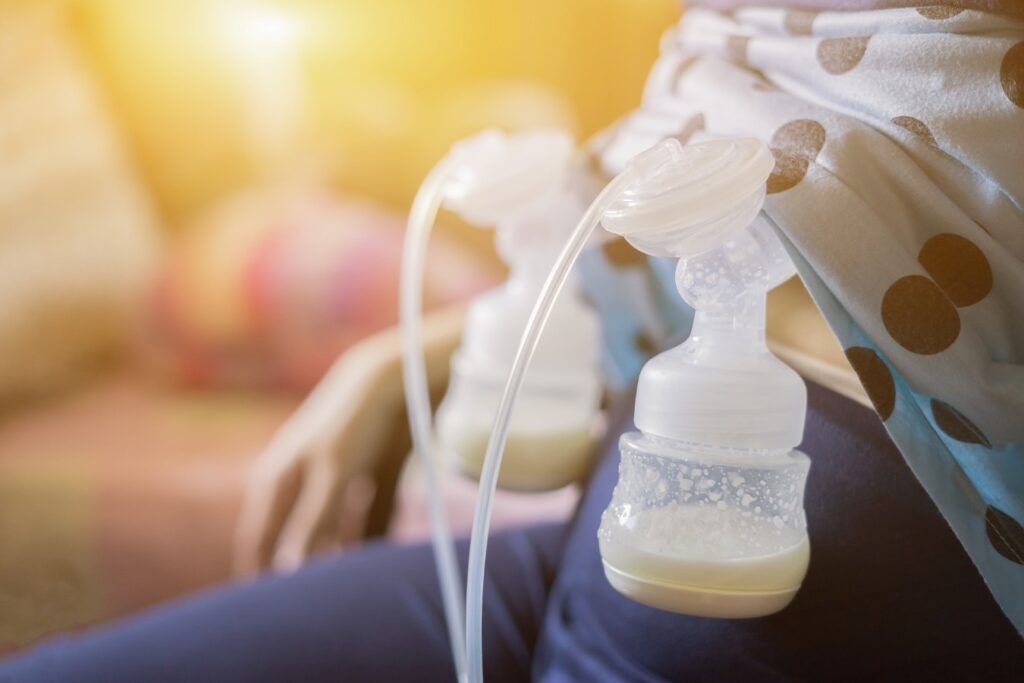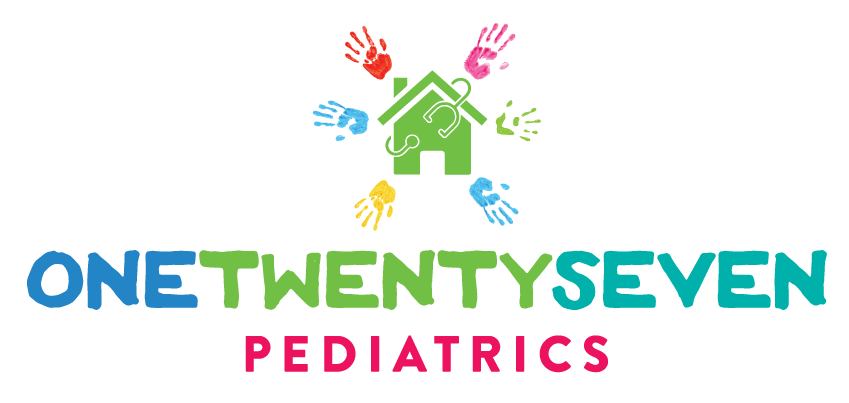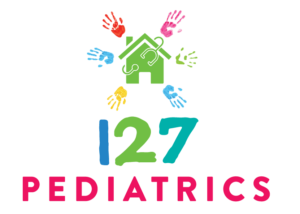Breastfeeding is an intimate dance between mother and baby – one that’s as natural as it is nurturing. Yet, the whirlwind of advice and expectations that come with the early days of motherhood makes it easy to feel overwhelmed about the best practices for feeding your little one.
A common misconception is that to achieve breastfeeding success, mothers must start pumping early and often. However, creating a large freezer stash is not necessary for breastfeeding success.
Here’s the truth: the quickest way to undermine your breastfeeding relationship is by pumping too soon or too frequently.
On the other hand, life’s unpredictable nature means there are certainly moments when introducing a pump becomes not only helpful, but necessary.
From delays in milk production to preparing for a return to the workforce, understanding when and why to pump can empower you to make informed decisions that nurture your breastfeeding relationship rather than hinder it. In this post, we shed light on five specific reasons that might require pumping.
5 Reasons to Start Pumping Breast Milk
1. Delay in Milk Coming In
The eagerly awaited “milk coming in” (or copious milk production) typically occurs around 3-5 days after birth. This is when your body transitions from producing small volumes of colostrum to producing a larger volume of transitional breast milk.
If you notice that your milk hasn’t significantly increased by the 72-hour mark, use of a breast pump can help stimulate your milk production. In addition, reach out to a lactation consultant or breastfeeding medicine expert to help guide you with a more sustainable long term plan for pumping and breastfeeding.
2. Separation from Baby
Sometimes unforeseen circumstances such as health complications for either the mother or the baby can lead to separation in the early hours after birth. This is particularly common with premature births, where the baby may need NICU care.
In these instances, it’s essential to start pumping as soon as possible (within the first six hours after birth). Most hospitals can provide a hospital-grade breast pump. This type of pump is highly effective for establishing and maintaining milk supply during separation.
While you likely won’t get any noticeable milk expression with the pump initially, stimulation from the pump will help your body to begin milk production.

3. Baby isn’t the Better Pump
In general, a baby is better at stimulating the breasts to make milk than the breast pump. However, some newborns are less effective at removing milk from the breast. Pumping and breastfeeding may be necessary in this circumstance. This could be due to various reasons, such as the baby falling asleep during feeds or not having enough strength if they’re premature.
If you observe that your baby isn’t effectively removing milk, pumping and breastfeeding can help maintain your milk supply while your baby is gaining their feeding skills. Pumping will ensure that your breasts continue to produce milk for your baby.
4. Manage Engorgement
Engorgement is a common challenge many new mothers face when their milk first comes in. It can be quite uncomfortable and even painful.
While it’s important to feed your baby frequently to manage engorgement, sometimes you may still feel full and uncomfortable. You may decide to pump to relieve your symptoms. However, you should only pump for a short period (1-2 minutes) in order to find relief. However, be very cautious to not remove large amounts of milk with the pump during this time. Overstimulation of your breasts between the baby and the pump can lead to oversupply of breast milk.

5. Prepare to Return to Work
For mothers planning to return to work, preparation is essential for a smooth transition to continue your breastfeeding relationship.
Ideally, you can wait to initiate pumping sessions until 4-6 weeks before your anticipated return to work. This gives you ample opportunity to save some breast milk for later without creating a large freezer stash. I advise mothers to feed your baby first thing in the morning, as you normally would. After the feeding, pump to save an ounce or two. This early morning pumping session takes advantage of the prolactin surge that occurs in the overnight hours.
This period allows you to build up a reserve of breast milk gradually. Contrary to what we see, you don’t need a large freezer stash of breast milk. Ideally, you only need a couple of days’ worth of milk stored up. This milk is for an occasion when you are unable to pump at work or something happens to your milk to make it unusable for the day.
By planning ahead and setting a solid foundation, pumping and breastfeeding ensures your continued success in your breastfeeding journey.
As a dedicated breastfeeding medicine expert and a mom who’s walked the same path, I’ve crafted something just for you – a free guide designed to demystify the numbers that often seem so daunting. “Crack the Secret Code of Breastfeeding Math” is more than just a guide; it’s a beacon of confidence on your breastfeeding journey.
This invaluable tool is here to reassure you that you’re not just on the right path, but thriving on it. Whether it’s understanding your baby’s weight gain, managing your pumping schedule, or ensuring you’re meeting those all-important breastfeeding milestones, this guide has got you covered.
Confident breastfeeding starts here. Download the free guide now!
© 127 Pediatrics, April 2024
This article is for information purposes only. Please consult your personal physician for medical advice.

Dr. Andrea Wadley is a pediatrician and board certified breastfeeding medicine expert. She opened 127 Pediatrics in July 2018 as a way to provide a different option for families in the DFW area. In addition to pediatric care, she provides breastfeeding medicine consults both in person and online.


